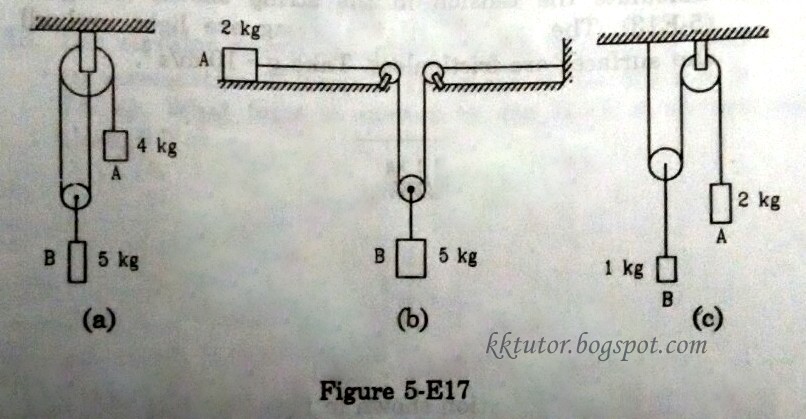CBSE Class 11-science Answered
Alpha particles, first identified by Antoine Henri Becquerel (1852-1908), have a positive electrical charge and consist of two protons and two neutrons. Because of their great mass, alpha particles can travel only a short distance, around two inches (five centimeters) in air, and can be stopped by a sheet of paper.
Beta particles, identified by Ernest Rutherford (1871-1937), are extremely high-speed electrons that move at the speed of light. They can travel far in air and can pass through solid matter several millimeters thick.
Gamma rays, identified by Marie (1867-1934) and Pierre Curie (1859-1906), are similar to X-rays, but they usually have a shorter wave length. These rays, which are bursts of photons, or very short-wave electromagnetic radiation, travel at the speed of light. They are much more penetrating than either the alpha or beta particles and can go through seven inches (18 centimeters) of lead.
Einsteins theory of relativity:Although the concept of relativity was not introduced by Einstein, his major contribution was the recognition that the speed of light in a vacuum is constant and an absolute physical boundary for motion. This does not have a major impact on a person's day-to-day life since we travel at speeds much slower than light speed. For objects travelling near light speed, however, the theory of relativity states that objects will move slower and shorten in length from the point of view of an observer on Earth. Einstein also derived the famous equation, E = mc2, which reveals the equivalence of mass and energy.
There is a box of mass M and horizontal length L in the picture below. The center of mass of the box in rest hangs somewhere above point xc.

To derive the formula it is enough to answer the question: What will happen to the center of mass position if a photon is emitted from the left wall of the box, picture a), and caught by the right wall, as in the picture b)?
Lets assume that the photon has energy E. It is known1 that photons propagate with the speed of light c and carry momentum

From the momentum conservation principle, after the photon emission, the box should move leftwards with some velocity v. After the photon is absorbed the box must stop due to the momentum conservation.
The velocity v is calculated in the following manner. Box moves the distance Δx to the left before the photon hits the right wall. Time of flight of the photon Δt is given by

Thus, the mean velocity v of the box

So far, so good. But what has happened to the box's center of mass? Initially it has been positioned over the point xc, then the box moved leftwards and stopped. Did the center of mass move as well? Of course, not. There was no external force acting on the system, so the center of mass remained at the initial position.
Summarizing, there are two undeniable facts
1. The box moved,
2. Its center of mass did not.
The only way out of the apparent contradiction is to admit, that besides the energy and momentum the photon carried some mass m from the left to the right wall. (Notice, that m is not the rest mass of the photon. Photons have zero rest mass.)
From the momentum conservation, the magnitudes of momenta of the box and photon are equal

Substituting the previously evaluated velocity v in the expression above one gets

For the center of mass to remain still, the mass displacement of the box must be balanced by displacement of the mass carried by the photon.

From the two last equations one obtains

Or in more recognizable form:








